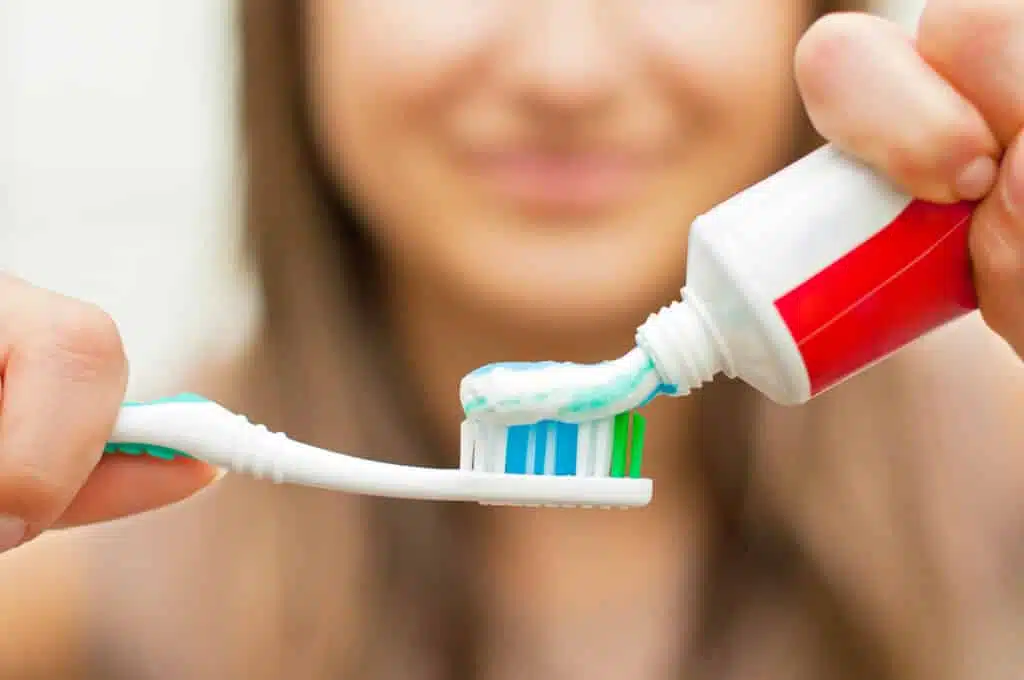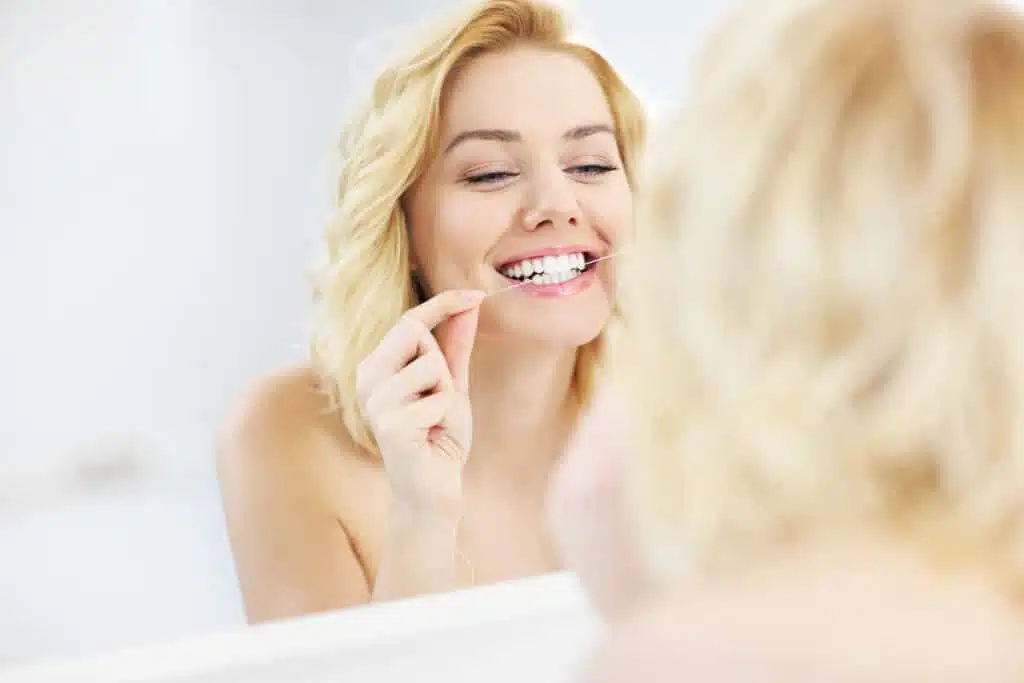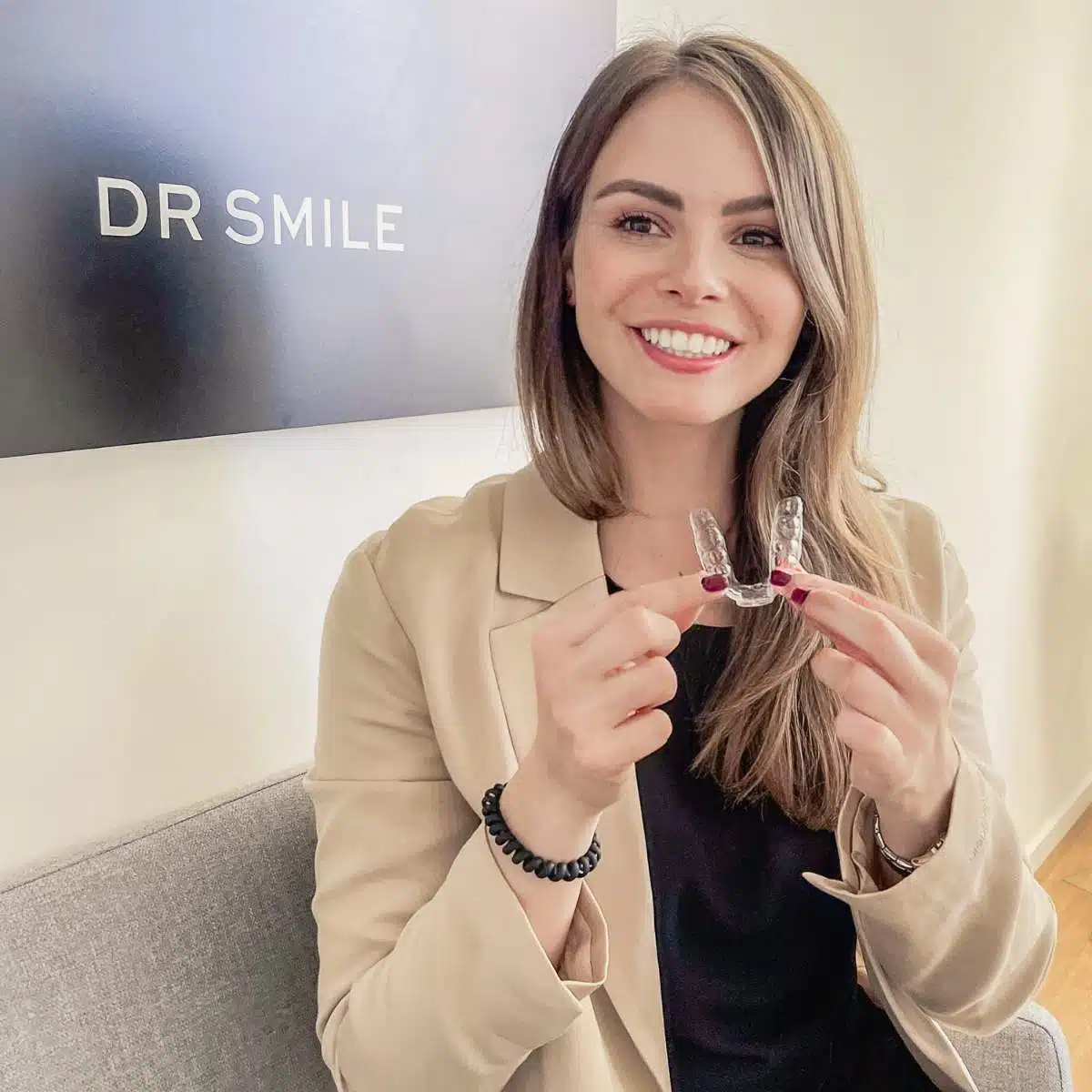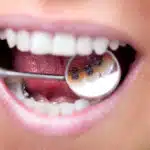Brushing your teeth properly is the be-all and end-all of dental health. Here you will find step-by-step instructions for ideal dental care.
Thorough dental care is crucial for the health of your teeth and gums.
Brushing your teeth properly helps to remove plaque and bacteria that can lead to tooth decay and gum disease.
In this detailed article, you will learn how to brush your teeth properly, which techniques you should use and which mistakes you can avoid.
| Get 150 € discount on your dental correction! |

Book a consultation appointment now at a nearby DrSmile partner practice and find out if teeth straightening with aligners is right for you.
The appointment is completely non-binding and does not involve any costs.
With the code “THATSMILE150” you will receive 150 € discount on the treatment.
1. choose the right toothbrush
Before you start brushing your teeth, it is important to choose the right toothbrush. A toothbrush with soft bristles is ideal as it effectively removes plaque without irritating the gums.
The bristles should be small enough to reach all areas of the mouth, especially the back molars.
Electric toothbrushes can also be very effective and often offer additional functions such as timers and pressure sensors.
2. choose the right toothpaste
Use a fluoride toothpaste to strengthen your teeth and protect them from decay.
There are many special toothpastes for different needs, such as sensitive teeth, gum care or teeth whitening. Choose the toothpaste that best suits your individual needs.

3. preparation: moisten the toothbrush and apply toothpaste
Before you start brushing, lightly moisten the toothbrush and apply a pea-sized amount of toothpaste.
Too much toothpaste can lead to excessive foam, which makes brushing more difficult.
4. the right technique: circling and gentle pressure
Position the toothbrush at a 45-degree angle to the gum line and use small, circular movements.
Apply only light pressure to avoid damaging the gums. Brush systematically by moving the toothbrush slowly from one area to the next.
5. cover all areas: Inner, outer and occlusal surfaces
Make sure you clean all surfaces of the teeth thoroughly. Start with the outer surfaces of the upper and lower teeth, then move to the inner surfaces and finally to the chewing surfaces.
Don’t forget to brush the back of the back molars, as plaque often accumulates there.
6 The right duration: Brush for two minutes
Brushing should take at least two minutes to ensure that all areas are adequately cleaned.
Many electric toothbrushes have integrated timers to help you keep an eye on the time. If you use a manual toothbrush, you can use a timer or a clock.
7. do not forget: Clean the tongue
Cleaning the tongue is an important step that is often overlooked. Bacteria can accumulate on the surface of the tongue and lead to bad breath.
Use the back of the toothbrush or a special tongue cleaner to gently clean the tongue.
8. rinse thoroughly
After brushing, rinse your mouth thoroughly with water to remove any remaining toothpaste and loosened particles.
Rinse the toothbrush well and store it in a dry place to prevent bacteria from multiplying.
9. use dental floss regularly
Supplement your dental care routine by using dental floss to remove plaque and food debris from the spaces between your teeth that the toothbrush cannot reach.
Floss at least once a day, preferably before going to bed.

10. mouthwash as a supplement
An antibacterial mouthwash can help to further improve oral hygiene. It reaches places that the toothbrush and dental floss may not reach and reduces bacteria in the mouth.
Make sure you choose a mouthwash that meets your needs and follow the instructions on the bottle.
11. regular visits to the dentist
Visit your dentist at least twice a year for a check-up and professional teeth cleaning.
These regular visits help to identify and treat problems at an early stage before they become serious.
Brush your teeth properly with electric toothbrushes
When brushing your teeth with an electric toothbrush, the right technique is just as important as with a manual toothbrush.
Position the brush head at a 45-degree angle to the gum line and move the brush slowly over each tooth.
Let the toothbrush do the work and apply only light pressure so as not to injure the gums.
Many electric toothbrushes have built-in timers to ensure that you brush each area of your mouth for a sufficient amount of time. Some models also have pressure sensors that warn you if you press too hard.
Conclusion on brushing your teeth properly
Brushing your teeth properly is essential for maintaining good dental health. With the right technique, the right products and regular care, you can keep your teeth and gums healthy and prevent dental problems.
Take the time to brush your teeth thoroughly and don’t forget to change your toothbrush regularly to achieve the best results.
| Get 150 € discount on your dental correction! |

Book a consultation appointment now at a nearby DrSmile partner practice and find out if teeth straightening with aligners is right for you.
The appointment is completely non-binding and does not involve any costs.
With the code “THATSMILE150” you will receive 150 € discount on the treatment.
FAQs about brushing your teeth properly
Here we answer a few of the most frequently asked questions about brushing your teeth properly.
How often should I brush my teeth?
You should brush your teeth at least twice a day, in the morning after getting up and in the evening before going to bed.
This helps to remove plaque and bacteria and prevents tooth decay and gum disease.
Which toothbrush is best suited?
A toothbrush with soft bristles is ideal as it effectively removes plaque without irritating the gums.
Electric toothbrushes can also be very effective and often offer additional features such as timers and pressure sensors.
How long should I brush my teeth?
You should brush your teeth for at least two minutes.
Many electric toothbrushes have integrated timers to help you keep track of the time.
If you use a manual toothbrush, you can use a timer or a clock.
Brush your teeth properly: Which technique is most effective?
Position the toothbrush at a 45-degree angle to the gum line and use small, circular movements.
Apply only light pressure to avoid damaging the gums.
Brush systematically by moving the toothbrush slowly from one area to the next.
Should I use dental floss before or after brushing my teeth?
It is best to use dental floss before brushing your teeth.
This helps to remove plaque and food debris from the spaces between the teeth that the toothbrush cannot reach and enables a more thorough cleaning.
How often should I change my toothbrush?
You should change your manual toothbrush every three months or sooner if the bristles are worn.
Worn bristles are less effective at removing plaque and can irritate the gums.
Is it necessary to use a mouthwash?
A mouthwash can be a good addition to your daily dental care routine as it reduces bacteria and reaches areas that your toothbrush and floss may not reach.
Brush your teeth properly: How can I ensure that I reach all areas of the mouth?
Brush systematically by moving the toothbrush from one area to the next.
Start with the outer surfaces of the upper and lower teeth, then move to the inner surfaces and finally to the chewing surfaces.
Don’t forget to brush the back of the back molars.
Brush your teeth properly: Do I also need to clean my tongue?
Yes, cleaning the tongue is an important step that is often overlooked.
Bacteria can build up on the surface of the tongue and lead to bad breath.
Use the back of the toothbrush or a special tongue cleaner to gently clean the tongue.
What can I do if I have sensitive teeth?
If you have sensitive teeth, use a toothpaste that has been specially developed for sensitive teeth.
Brush with a soft bristle brush and apply only light pressure.
If sensitivity persists, consult your dentist to identify and treat any underlying problems.



Leave a Reply